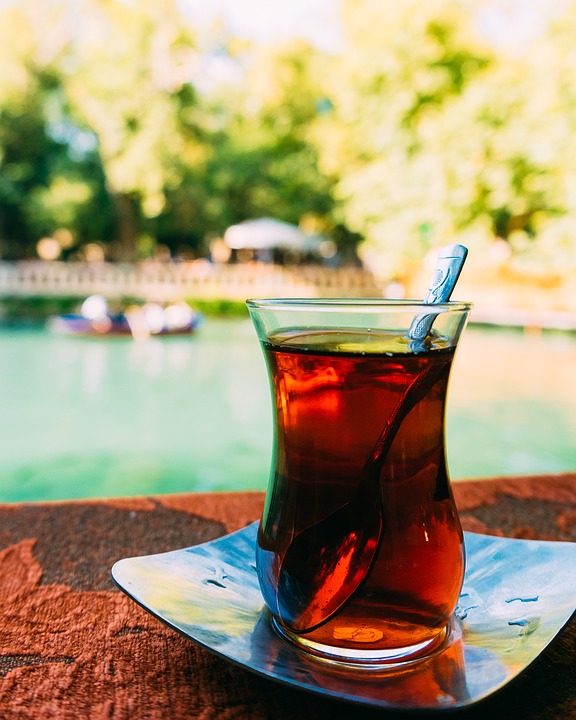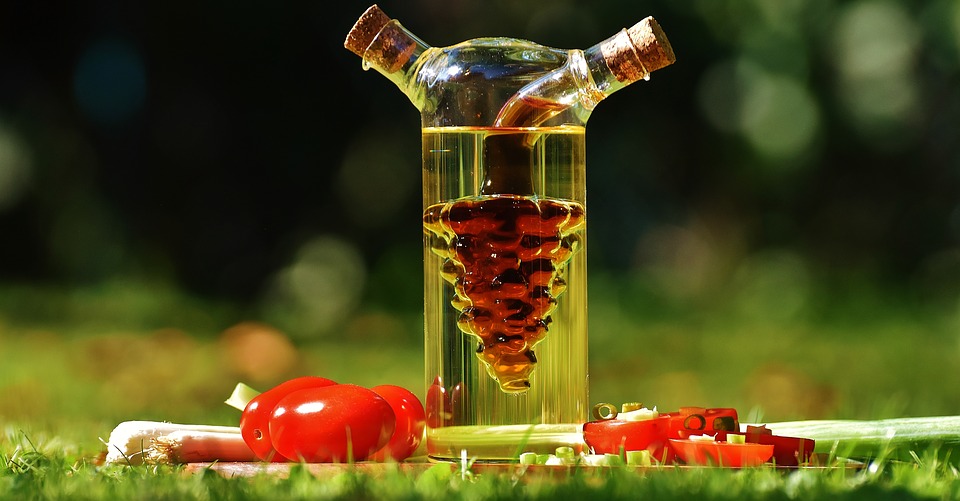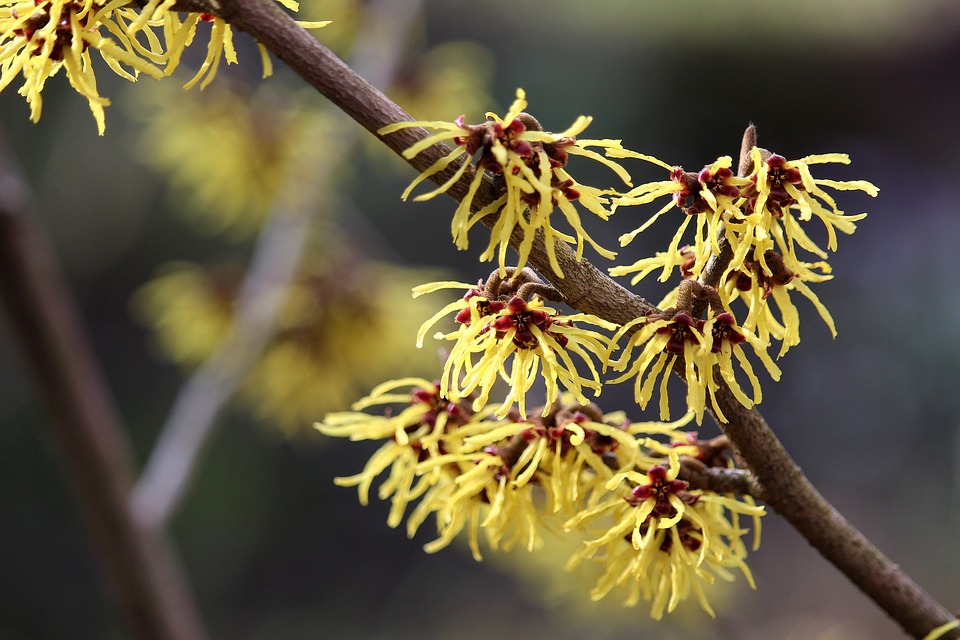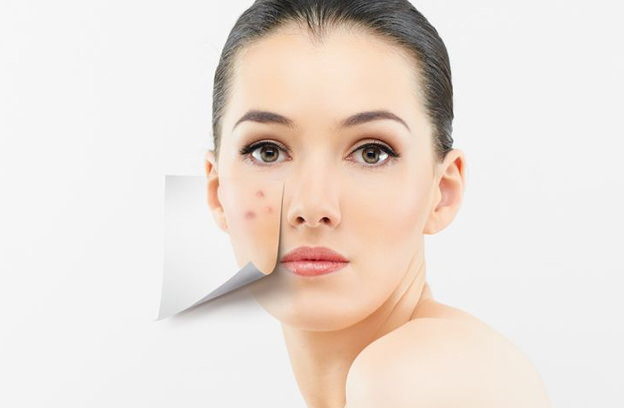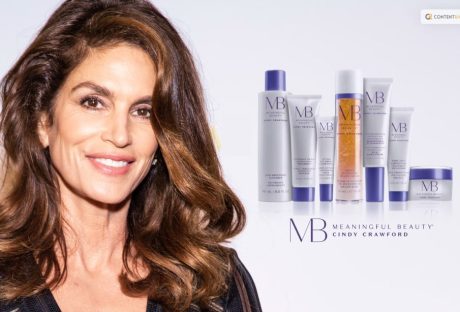One of the most prevalent skin conditions affecting both men and women, acne affects a whopping 80% of people at some point or the other in life.
It starts when the naturally occurring pores in the skin get blocked with oil and worn-out skin cells. Deposition of extra sebum in the pores causes growth and build-up of bacteria, eventually leading to inflammation and subsequent redness and irritation. Conventional treatments for acne are sometimes harsh and sometimes ineffective. Hence, relying on natural remedies is your best bet. Acne is one of those things that can appear anywhere, from your face to your legs. Even having acne on your tushy is not an uncommon problem, especially if you are a very active person. Sweating triggers a lot of skin imperfections, that’s why being able to fight these blemishes has triggered many companies to sprout solutions for us with creams and face washes.
Here, we take a look at the top 5 herbal remedies for acne
1. Apply Tea Tree Oil
A powerful essential oil derived from the leaves of a small tree originating in Australia, tea tree oil is famous for its ability to combat bacteria and tone down skin inflammation. Furthermore, several studies have shown that applying approximately 5% tea tree oil on the skin reduces acne effectively.
As compared to the same concentration of benzoyl peroxide, 5% tea tree oil does not act as quickly.
However, it is still just as effective and can improve acne significantly within three months of repeated usage. Since tea tree oil is super potent, it’s advisable to dilute it before application; else you may suffer from side-effects like irritation, dryness, and burning. You can search for the best tea tree oil in the market here.
Steps to Use Tea Tree Oil
-
- Combine nine parts of water with 1 part of tea tree oil in a bowl.
- Then dip a cotton ball into the mixture and dab it properly all over the area of acne breakouts.
- Apply some moisturizer to ease any irritation.
- Repeat the procedure once or twice a day, or whenever you get the pimples
2. Apply Green Tea
Green tea is enriched with high levels of antioxidants, flavonoids, and tannins. These compounds can help combat bacteria, reduce inflammation and promote good health in general.
Consequently, it nourishes your skin and makes it less susceptible to developing acne. The primary antioxidant of green tea is epigallocatechin-3-gallate, which has proven efficacy in controlling sebum production, fighting inflammation and eventually inhibiting the growth of acne.
Steps to Use Green Tea
- Steep a packet of green tea in hot/ boiling water for 3-5 minutes.
- Allow the tea to cool down.
- Dip a cotton swab into the tea and apply it all over your skin. Alternatively, you can pour the tea into a spray bottle and spray it on your skin.
- Let it dry and then rinse off the water. Pat your face dry.
- If possible, add the leftover tea leaves to honey for making a moisturizing face mask.
Remember, in addition to applying green tea on your skin; you can also drink it daily to achieve beneficial results, especially in terms of acne removal. Drinking green tea helps in the lowering of insulin level and blood sugar, both of which can lead to the formation of acne.
3. Apple Cider Vinegar
Prepared by fermenting apple cider, apple cider vinegar is a powerful elixir with proven efficacy in fighting several different types of bacteria and viruses.
It contains numerous organic acids that have been known to kill acne. For example, succinic acid has been proven in its role of suppressing inflammation.
Similarly, high levels of lactic acid in apple cider vinegar have also been shown to reduce the severity of acne breakouts. And what’s best is that apple cider vinegar can even help to dry up excess oil, leading to a reduction in acne formation in the long run.
Steps to Use Apple Cider Vinegar
- Combine one part of apple cider vinegar with three parts of water. Consider using more apply for extra-sensitive skin.
- After cleansing thoroughly, apply the mixture on your skin gently with a cotton swab.
- Let it stay put for a few seconds and then rinse off with water. Pat dry gently.
- Repeat the process daily, or as needed.
Remember, you should always dilute apple cider vinegar before applying it on your skin as it’s very harsh and could lead to irritation and burns when applied in the concentrated form.
4. Cinnamon & Honey Mask
Cinnamon and honey are both powerful sources of antioxidants. According to several studies, increasing antioxidant supply to the skin is important for reducing acne, and apparently, shows better results than applying retinoid and benzoyl peroxide.
Just so you know, the latter two are common, anti-bacterial medications for acne-prone skin. Due to the presence of an overwhelming amount of vitamin B3, linoleic fatty acid, sodium ascorbyl phosphate and vitamin C extracts, both honey and cinnamon can reduce inflammation and fight bacteria, thereby nullifying the two leading causes of acne.
Steps to Prepare a Honey & Cinnamon Mask
- Mix a teaspoon of cinnamon and two tablespoons of honey to form a smooth paste.
- Clean your face with a mild face wash and apply the mask on your face. Let it stay put for 10-15 minutes.
- Rinse off the mask completely and pat your skin dry with a soft towel.
Repeat the process every week to observe good results
5. Apply Witch Hazel
Derived from witch hazel shrub, this popular North American plant contains tannins that are known to have potent antibacterial and anti-inflammatory action on the skin.
It is used to treat a wide range of skin ailments, including eczema, dandruff, bruises, insect bites, burns, and acne. Several studies have proven that applying witch hazel on the skin can combat bacteria, lower inflammation, and promote the well-being of the skin.
Steps to Use Witch Hazel
Mix a cup of water and a tablespoon of witch hazel bark in a saucepan.
- Immerse the witch hazel bark for half-an-hour and allow the mixture to boil for some time.
- Then reduce the flame and cook it covered for 10 minutes.
- Let the mixture cool down for another 10 minutes.
- Strain and keep the liquid in an airtight container.
- Apply on clean skin with a cotton swab once or twice a day
Ending Note
In conclusion, we would like to stress on the importance of natural and herbal remedies for treating acne from scratch. This is one of the most common skin conditions with a wide range of underlying causes, some of which are unidentified to date. Conventional treatments tend to cause dryness, irritation, and redness. However, natural remedies beg to differ. The herbal remedies listed above may not work for one and all, but they are surely worth giving a try!














